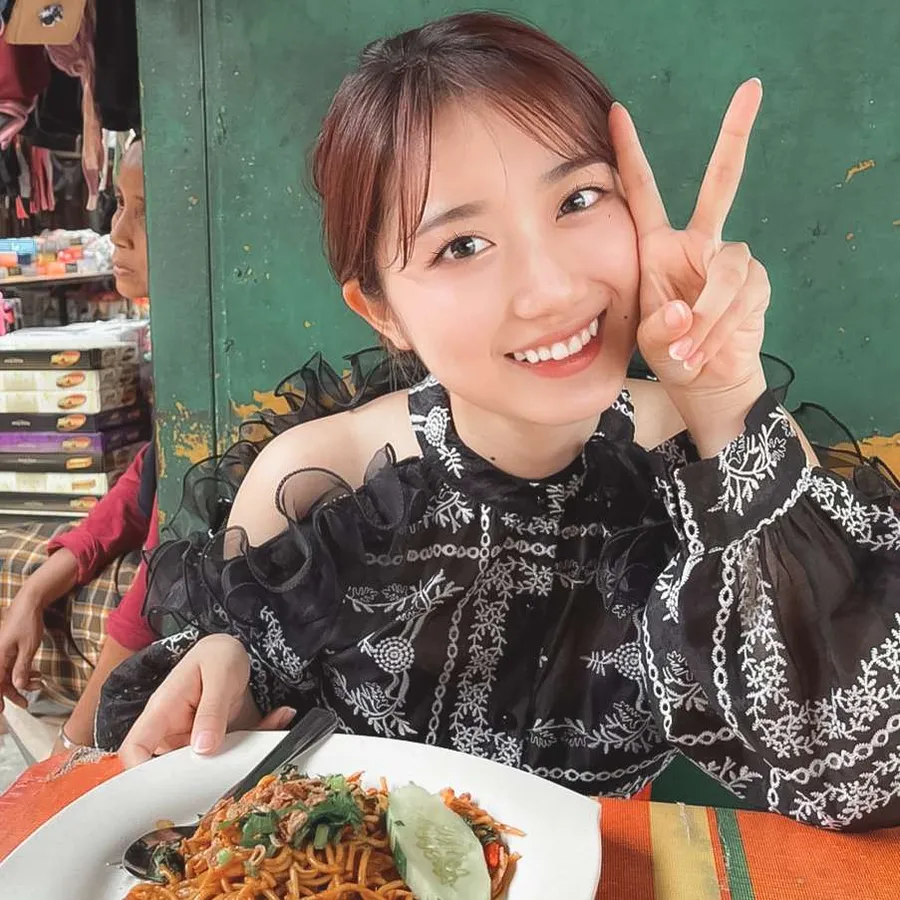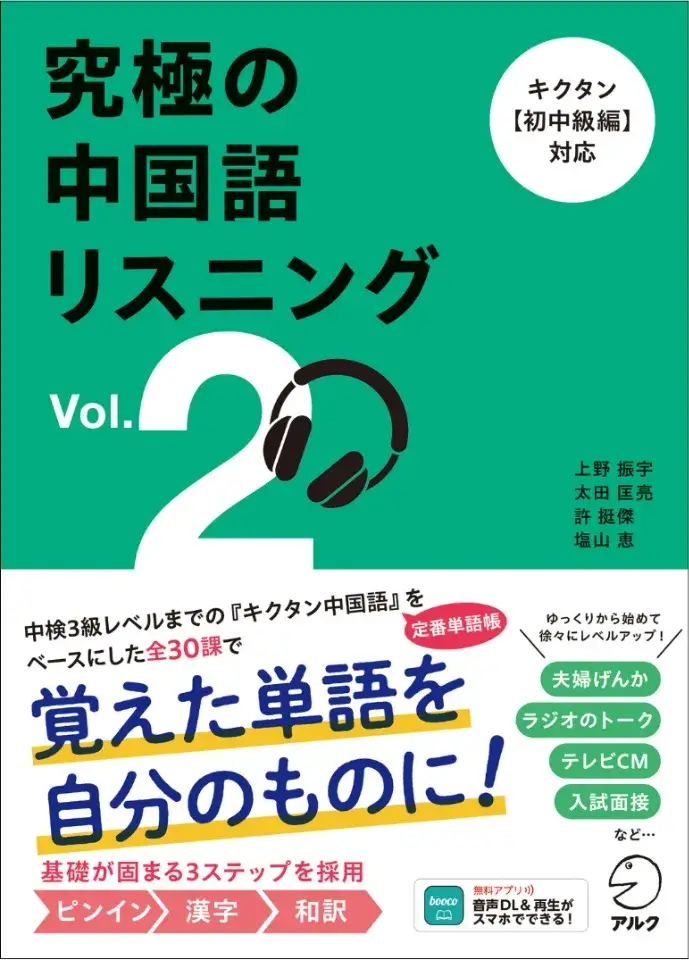
In Japanese, particles are small words that come after nouns. They tell you how each word works in a sentence. Two of the most common — and most confusing — are wa (は) and mo (も).
This article is based on a video by Fun Fun Nihongo, our Japanese learning content series.
Why wa and mo Matter
Particles are tiny words that come after nouns in Japanese, but they carry big meaning. Two essentials for beginners are wa (は) and mo (も).
What is wa (は)?
Instead of hard definitions, use this mindset: Think of wa as a topic label. You’re putting a sticky note on the thing you’re going to talk about next.
Examples
私は学生です。
Watashi wa gakusei desu.
I am a student.私は犬が好きです。
Watashi wa inu ga suki desu.
I like dogs.私は納豆を毎日食べます。
Watashi wa nattō o mainichi tabemasu.
I eat natto every day.
Tip: When the topic changes, the “label” often changes to a new X wa ... sentence.
What is mo (も)?
Think of mo as an also/copy button. You copy the previous idea and paste it onto a new subject or object.
Examples
彼も学生です。*
Kare mo gakusei desu.*
He is also a student.彼も犬が好きです。
Kare mo inu ga suki desu.
He also likes dogs.彼も納豆を毎日食べます。
Kare mo nattō o mainichi tabemasu.
He also eats natto every day.
Tip: In many sentences, mo replaces the usual particle (wa / ga / o). That’s why you’ll see patterns like Kare mo ... rather than Kare wa mo ....
How to Remember the Difference
- wa (は) → Topic label: “From hereon, I’ll talk about ___.”
- mo (も) → Also/copy: “That same thing is true for ___, too.”
A quick check:
Want to set or switch the topic? Use wa.
Want to say “me, too / him, too / that, too”? Use mo.
Practice Mini-Pairs
私は朝早く起きます。
Watashi wa asa hayaku okimasu.
I get up early in the morning.
彼も朝早く起きます。
Kare mo asa hayaku okimasu.
He also gets up early.私は歌が得意です。
Watashi wa uta ga tokui desu.
I’m good at singing.
彼も歌が得意です。
Kare mo uta ga tokui desu.
He’s also good at singing.
Quick Tips for Beginners
- Choose one or the other: wa and mo don’t stack together in the same slot.
- Reuse patterns: Say a sentence with wa, then switch the subject to mo for “also.”
- Stay concrete: Build pairs from daily life — food, hobbies, routines — so the “label” vs “copy” idea sticks.
Follow Us on Social Media
Want more fun Japanese learning content? We post weekly videos, quizzes and cultural tips across multiple platforms!






